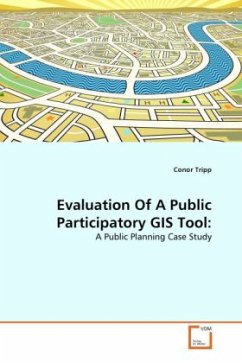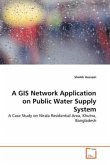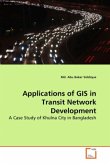The purpose of Public Participatory Geographic Information Systems (PPGIS) is to use the practices of GIS and mapping to promote knowledge production and efficient decision-making. This study evaluated the usefulness of a PPGIS tool compared with a traditional participatory method in an environmental planning case study within north-western British Columbia (BC), Canada. Attitudes of lay public and expert planners were surveyed on the usefulness of the PPGIS tool and paper PP (Public Participation) method. The results of this study suggest that the PPGIS tool has the ability to be used, in certain situations, as a means of providing and collecting public information. However, its use is limited for certain public groups as it requires a certain level of computer literacy and technological infrastructure. As a result, the simplicity and familiarity of traditional participatory methods need to be integrated with GIS-based participatory methods.








